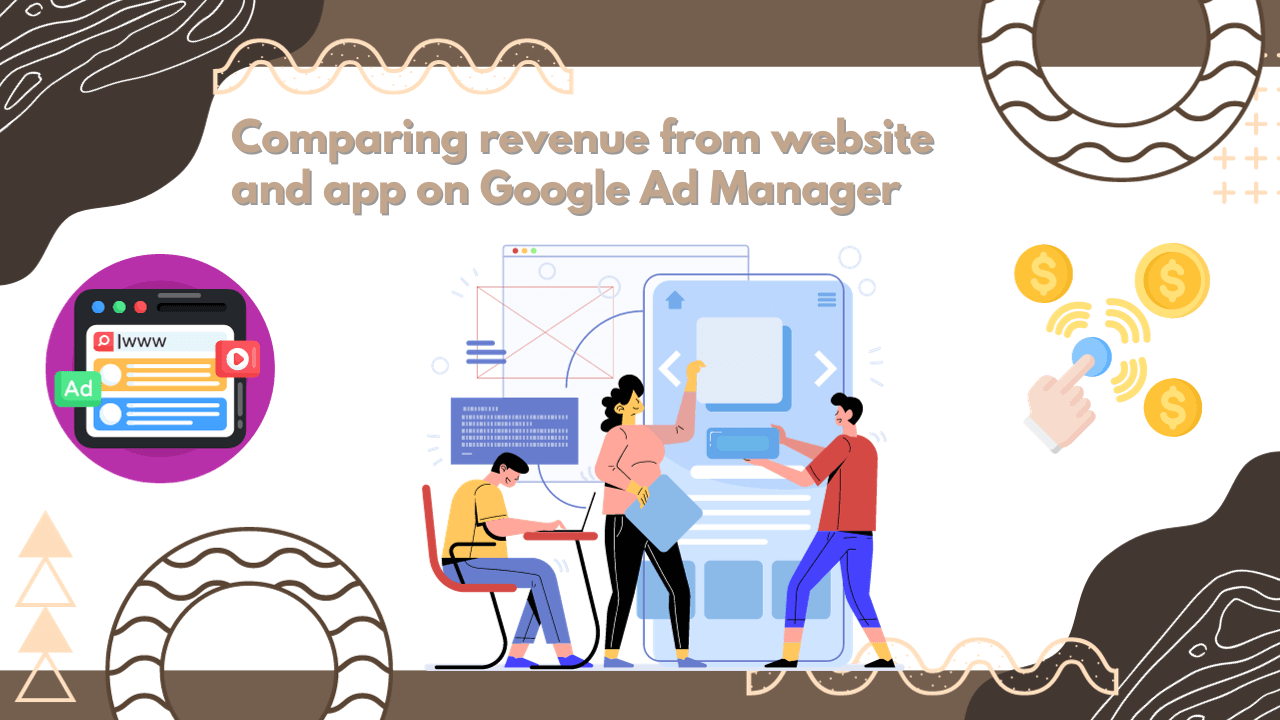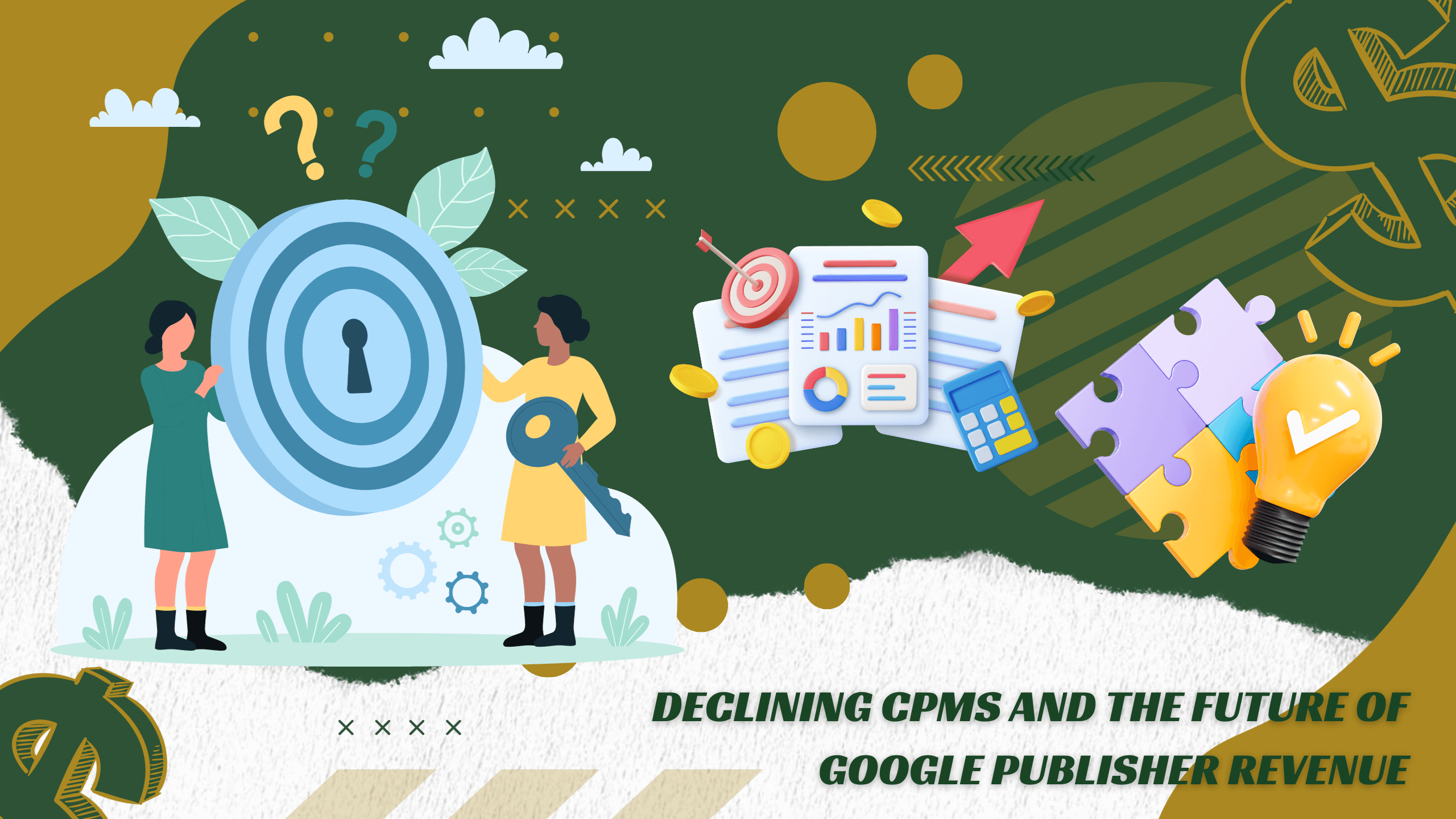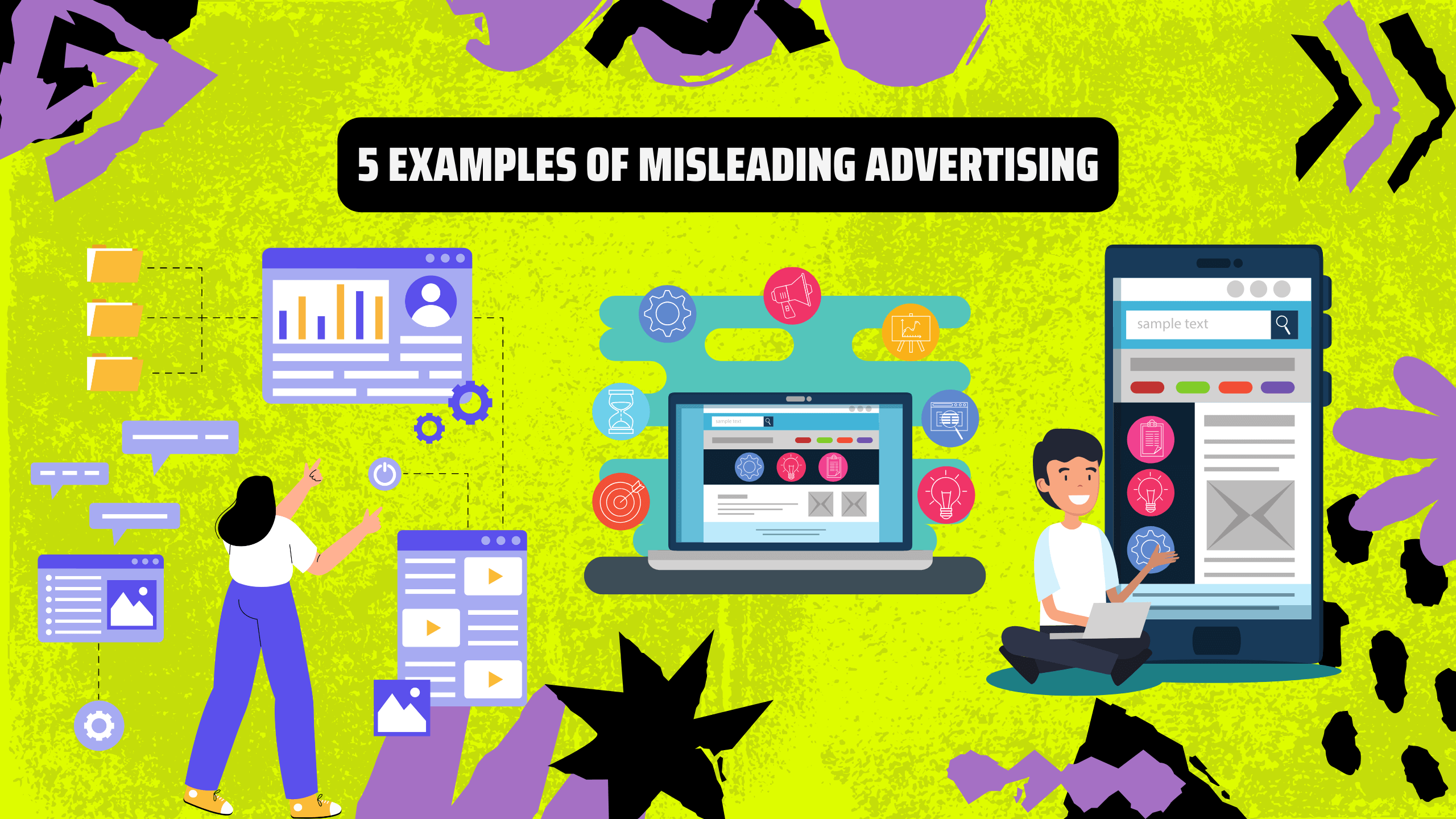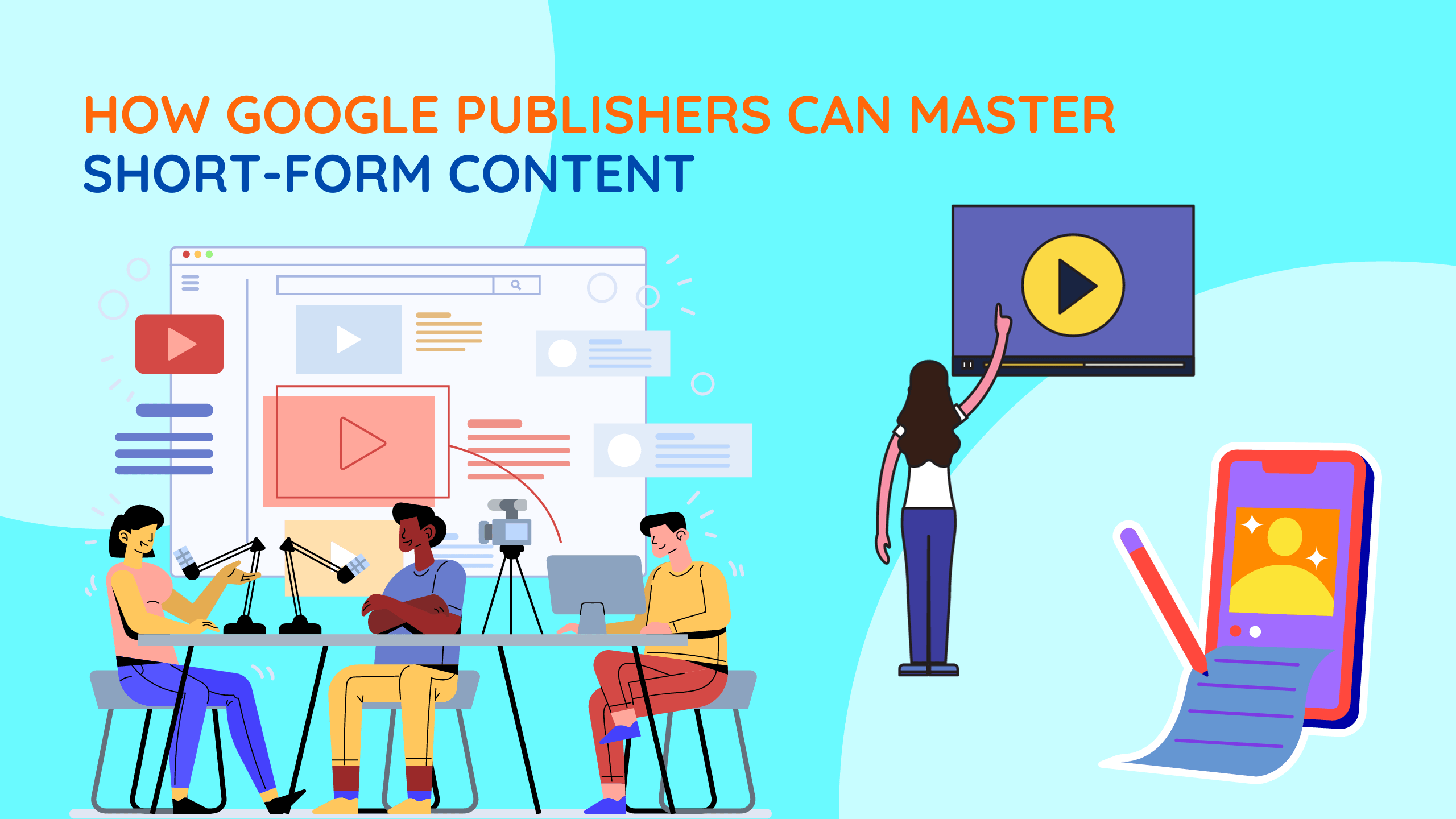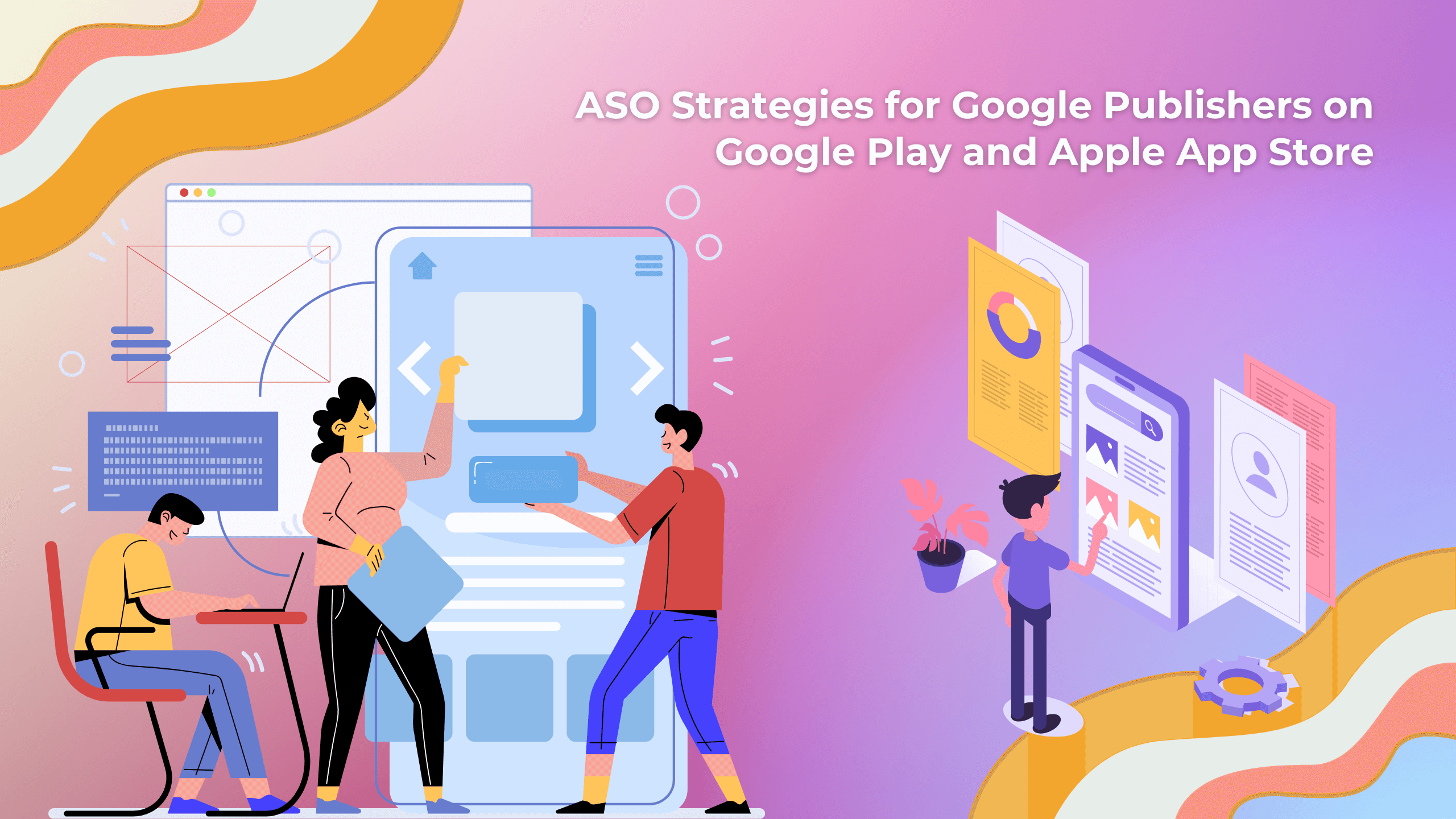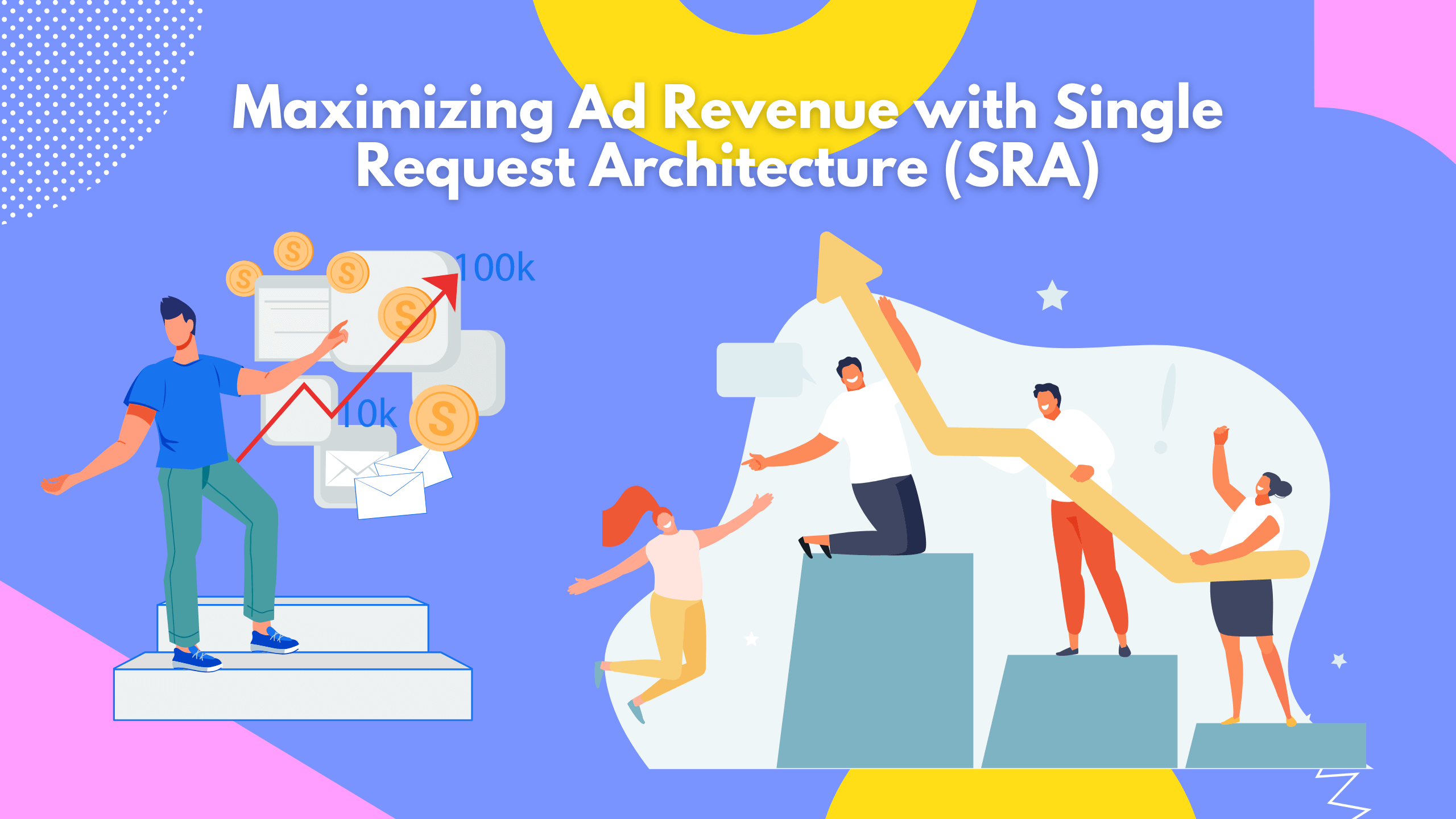Google Ad Manager is a strong platform that allows publishers to monetise their ad inventory on websites and mobile apps in the ever-changing world of digital advertising. Although websites and apps are both good places to post ads, it’s important to know the subtle differences in CPC (cost-per-click) revenue between the two in order to maximize publisher earnings and optimize ad campaigns.
CPC Revenue on Websites
Since they offer advertisers a strong platform to connect with their target audience, websites have long been an essential component of Internet advertising. CPC revenue on websites usually follows a predictable pattern, with click-through rates (CTRs) and CPC revenue being influenced by various factors including audience demographics, website content, and ad placement.
Key Influencers of Website CPC Revenue
Several factors contribute to the variability of CPC revenue on websites:
- Website Content: Interesting and educational material draws in a devoted readership, which improves CPC revenue by increasing CTRs.
- Audience Demographics: Publishers can choose ad formats and targeting options that appeal to users and drive higher CTRs and CPC income by having a thorough understanding of the target audience’s age, interests, and online behaviour.
- Ad Placement: The placement of ads on websites can have a big impact on conversion rates. When placing ads, publishers should take into account elements including ad visibility, user context, and ad density.

CPC Revenue on Mobile Apps
The digital advertising industry has witnessed the rise of mobile apps as a major force, providing advertisers with an immersive and distinct platform for user-brand interaction. A number of variables, including user engagement, ad formats, and app usage patterns, affect CPC revenue in mobile apps.
Key Influencers of Mobile App CPC Revenue
The following factors play a crucial role in determining CPC revenue on mobile apps:
- App Usage Patterns: Higher CTRs and CPC income result from knowing how users engage with the app, which offers insights into the best ad placement and timing.
- Ad Formats: Optimizing CTRs and CPC income requires choosing the right ad formats that complement the user interface and experience of the app.
- User Engagement: Apps with high levels of engagement draw users who are more open to advertising, which could increase CTRs and CPC earnings.
Comparing CPC Revenue: Website vs. App
It is difficult to compare CPC income directly across websites and mobile applications because of the inherent variations in user behaviour, ad layouts, and measuring techniques. Nonetheless, a few broad patterns emerge:
Websites:
Because websites have larger screens and can therefore accommodate more prominent and visible ad placements, they usually have higher cost-per-click (CPC) rates.

Mobile Apps:
Compared to websites, mobile applications provide a more engaging advertising environment that may increase CTRs and offset lower CPCs.
Maximizing CPC Revenue: A Strategic Approach
To elevate CPC revenue effectively, publishers must adopt a strategic approach encompassing the following key elements:
Audience Targeting:
Tailored audience targeting is the cornerstone of CPC revenue optimization. Publishing companies can increase CTRs and CPC income by focusing their advertising efforts on particular audience groups. This entails giving careful thought to online activities, interests, and demographics to make sure that advertisements are seen by the appropriate people. Publishers can improve income generation by creating a more rewarding and engaging experience for their users by tailoring their content to their tastes.
Ad Optimization:
Finding the ideal ad mix is a never-ending effort to realize the full potential of CPC revenue. It is recommended that publishers carry out ongoing testing and optimization by investigating diverse ad types, locations, and timing tactics. A flexible and quick-thinking strategy is needed in the ever-changing digital environment. Publishers are able to determine the combinations that optimize their CTR and CPC revenue, making the most efficient use of their digital real estate through ongoing refining based on real-time performance data.

Data-Driven Insights:
Knowledge is power when it comes to optimizing CPC revenue, and data-driven insights are essential. In order to obtain valuable insights into user behaviour, ad effectiveness, and overall campaign success, publishers need to leverage the power of data analytics. Publishers are better able to adjust tactics, make well-informed judgments, and anticipate market developments thanks to this analytical approach. Publishers can optimize CPC income and maintain long-term success in the cutthroat digital landscape by understanding the nuances of user interactions and matching their content delivery to audience expectations.
Conclusion
CPC revenue is the primary determinant of the efficacy of advertising campaigns on websites and mobile applications. By understanding the factors that affect CPC income and implementing strategic optimization strategies, publishers may maximize their revenue and achieve their advertising goals.

